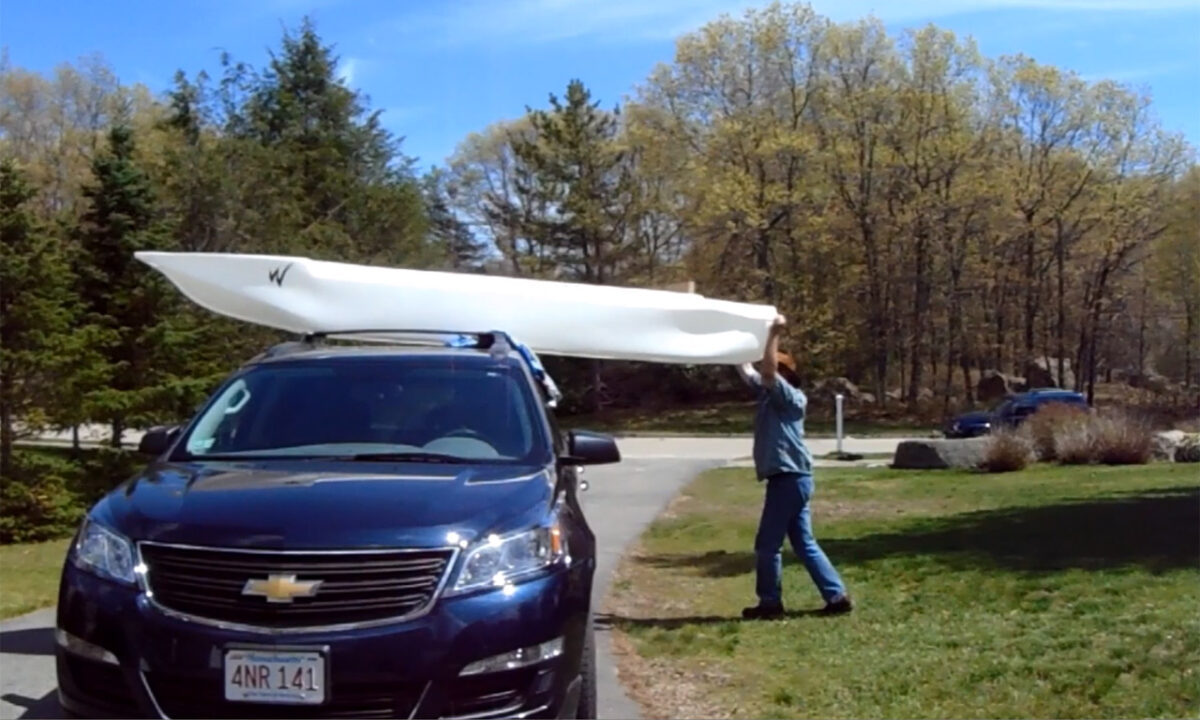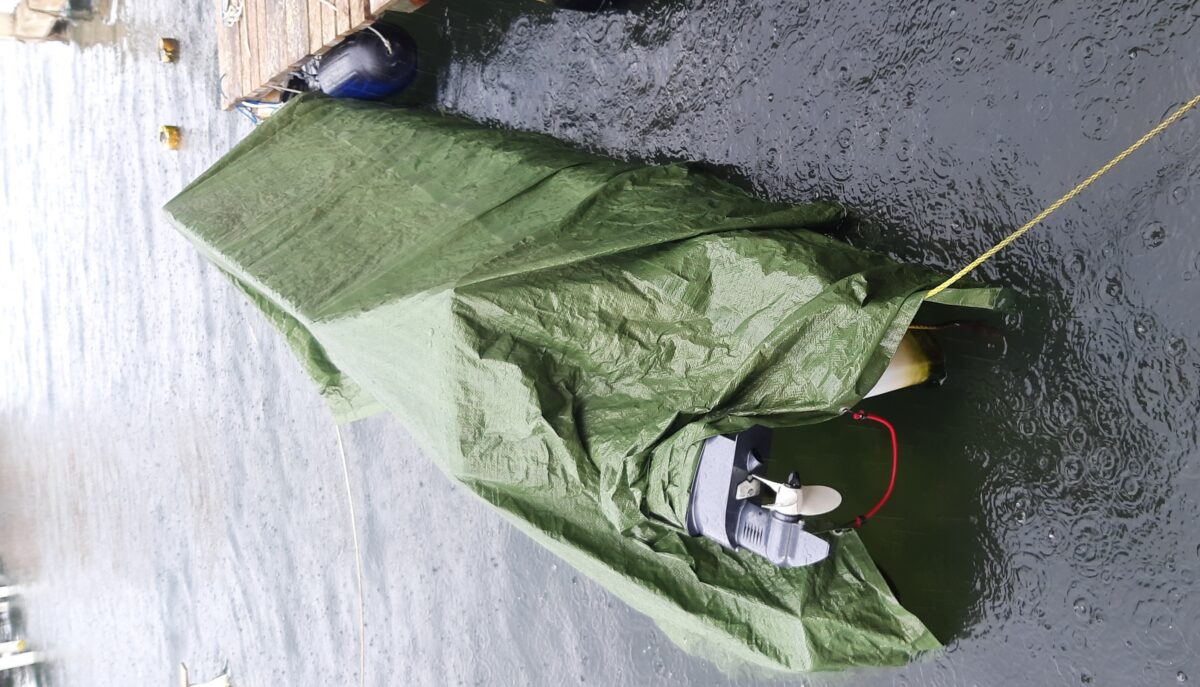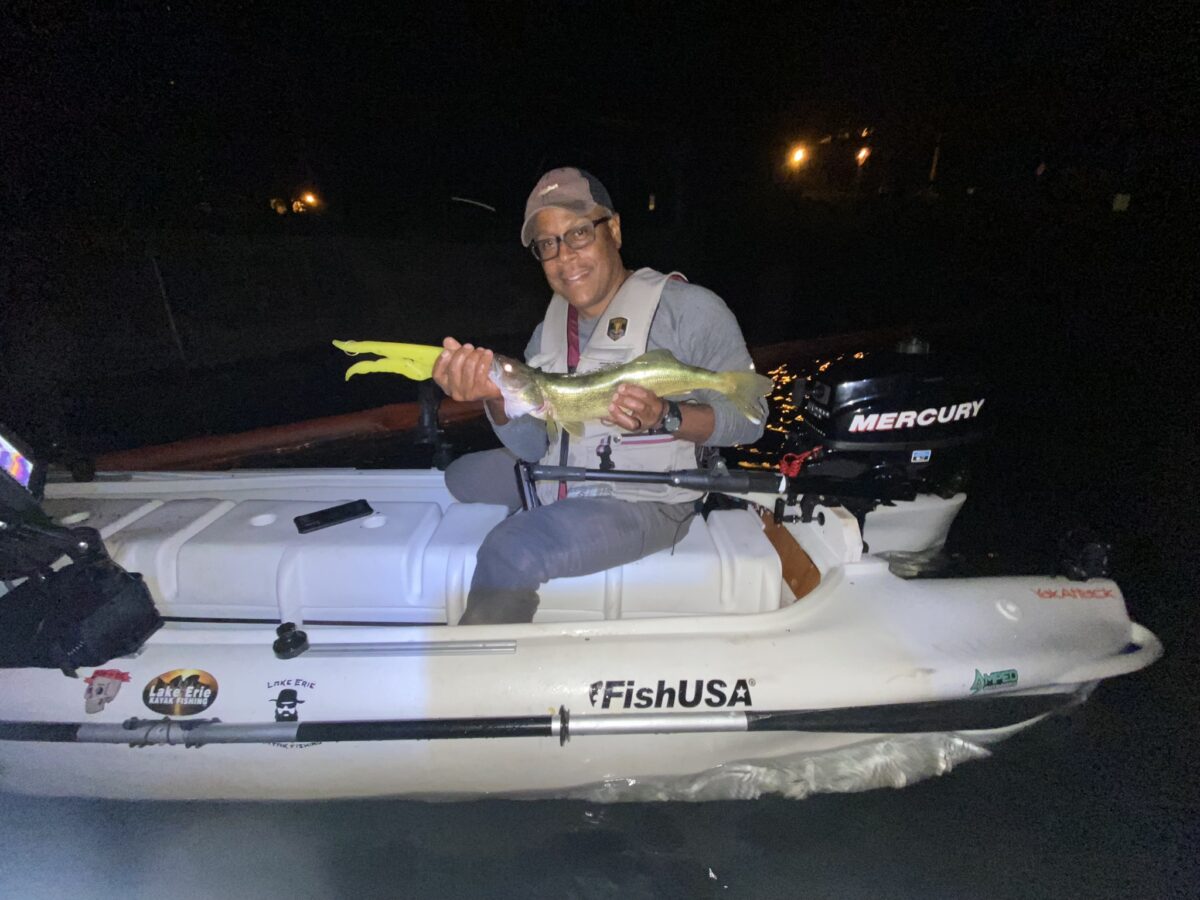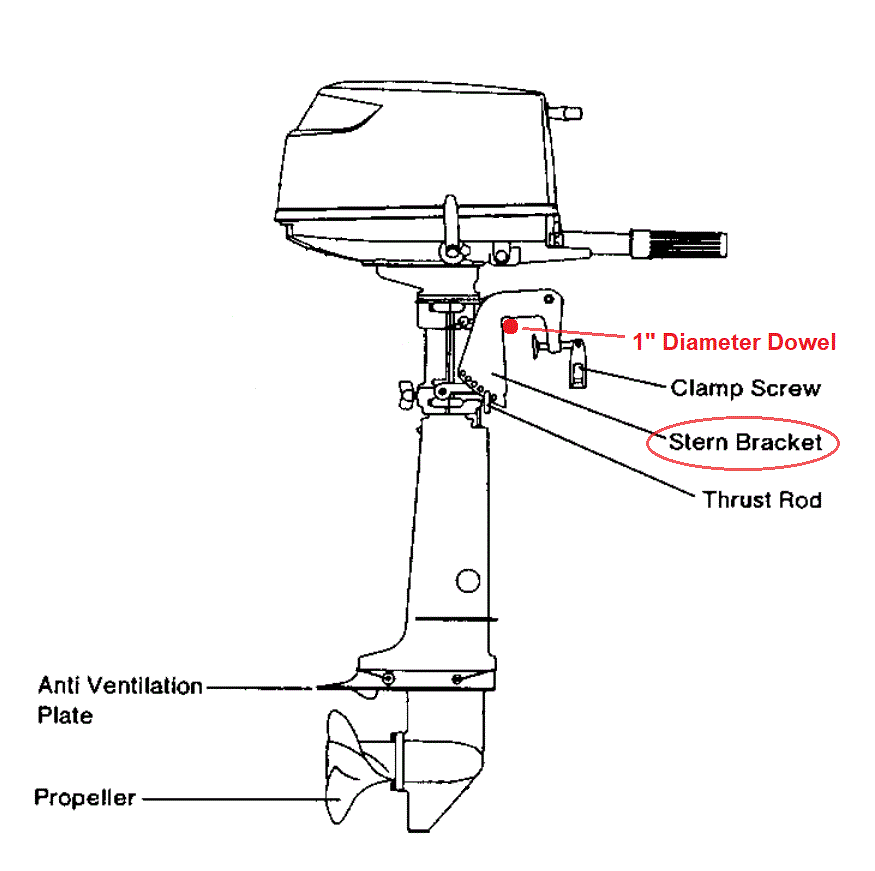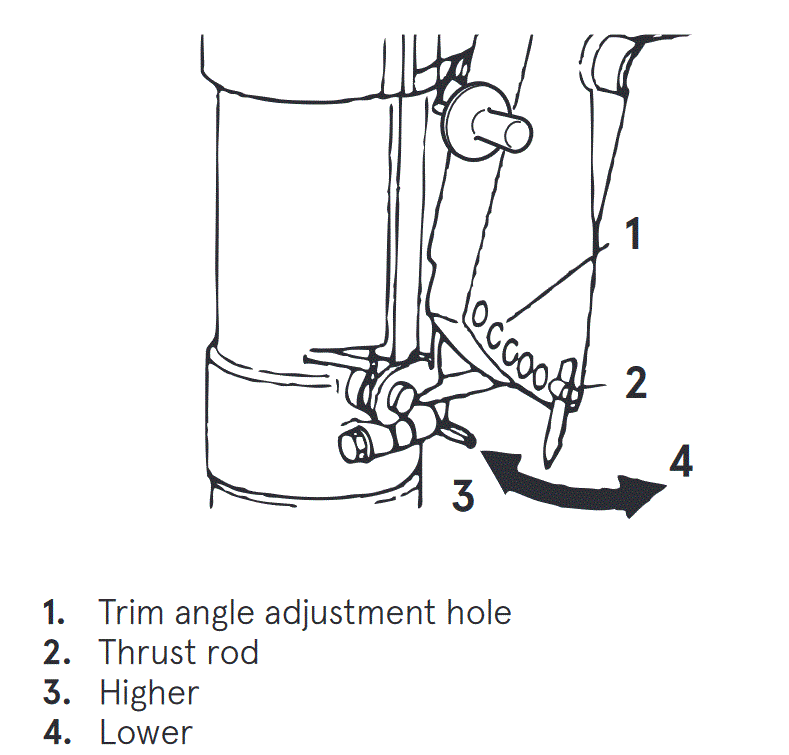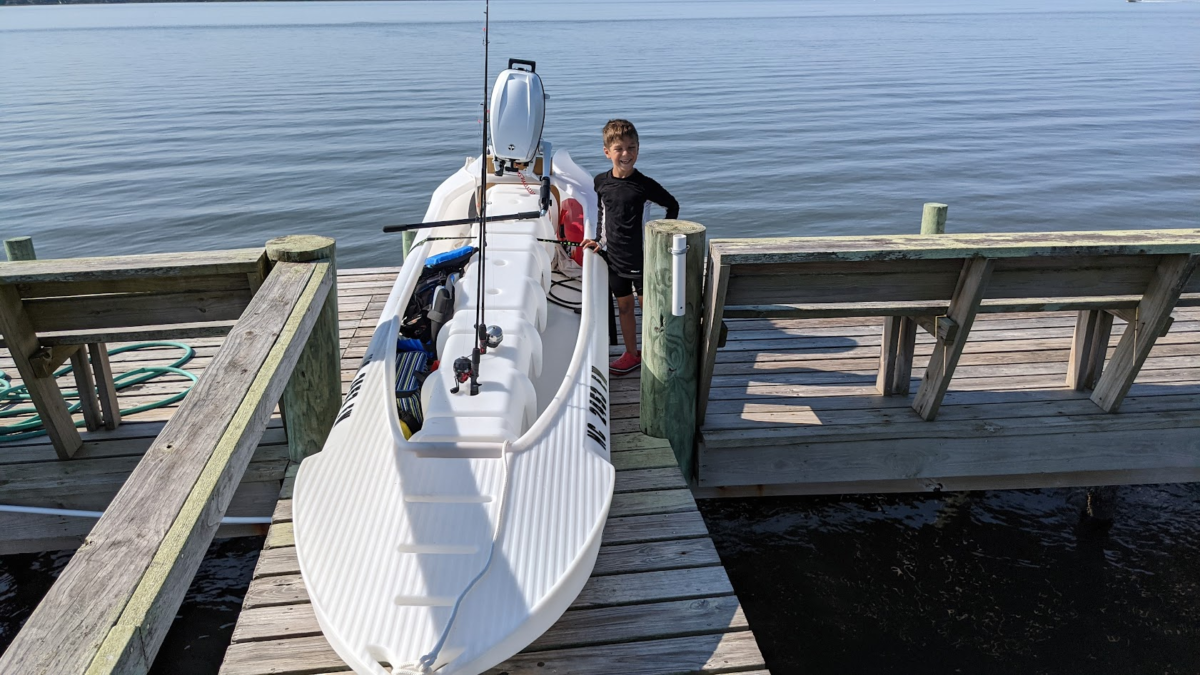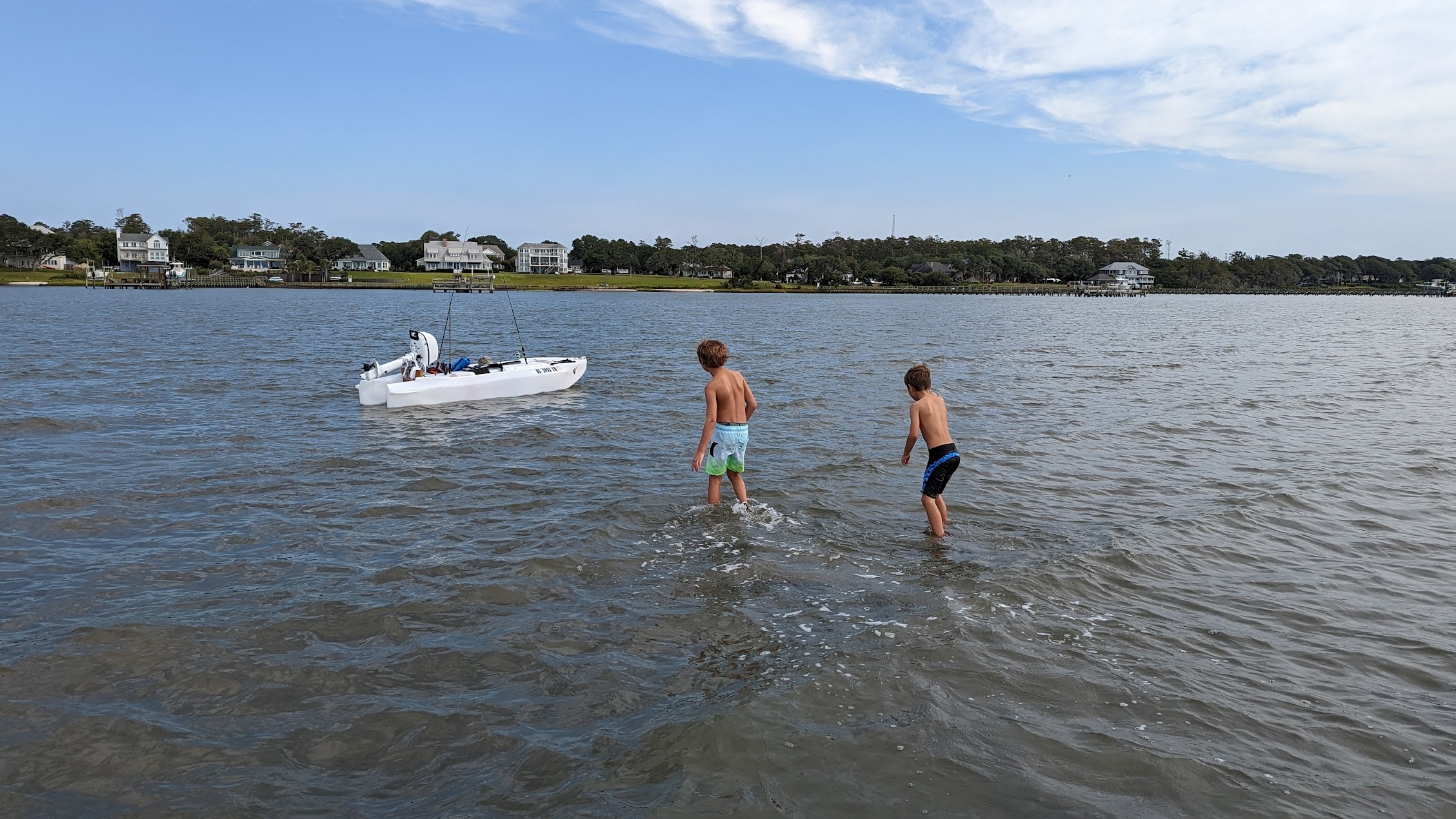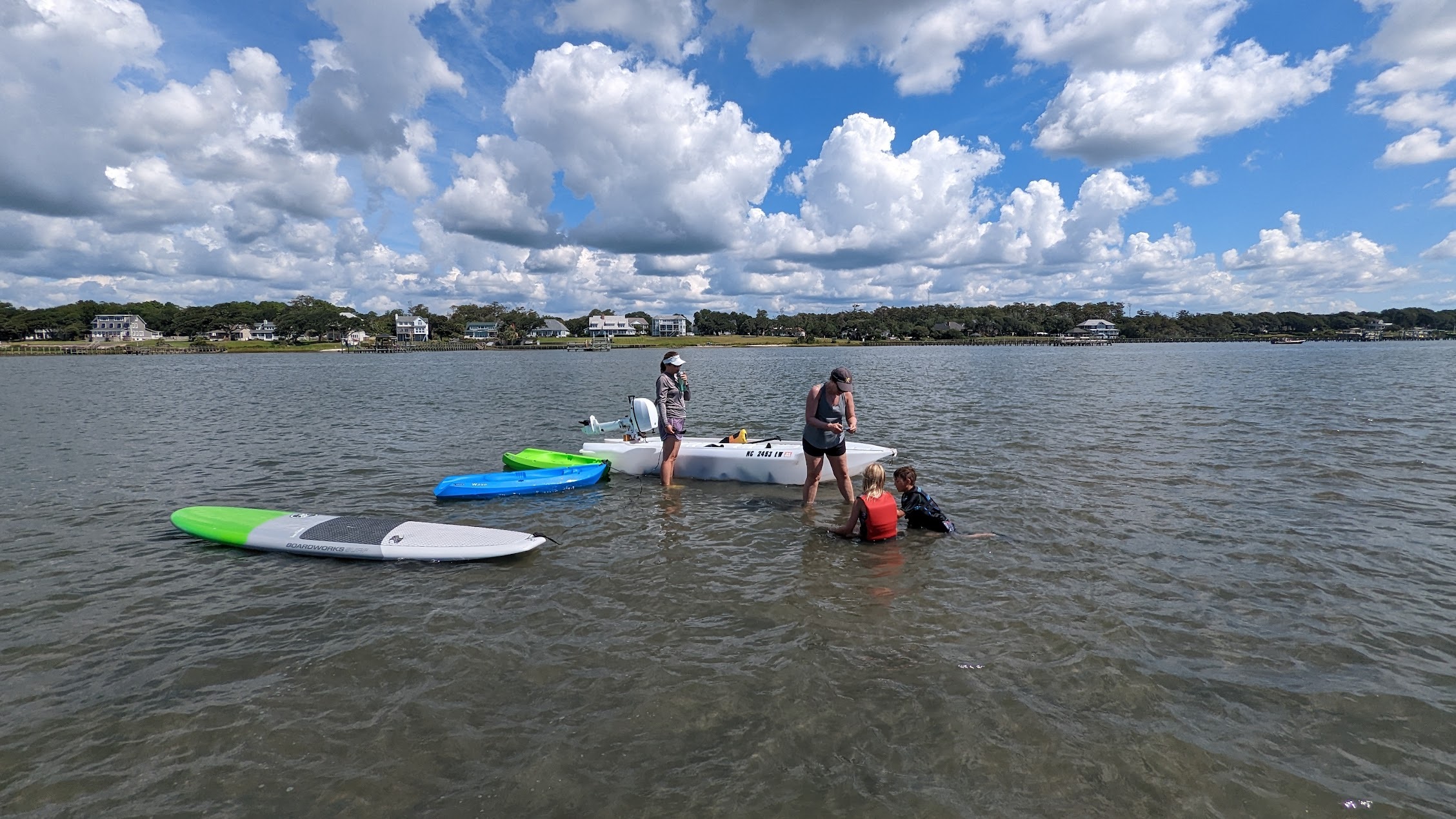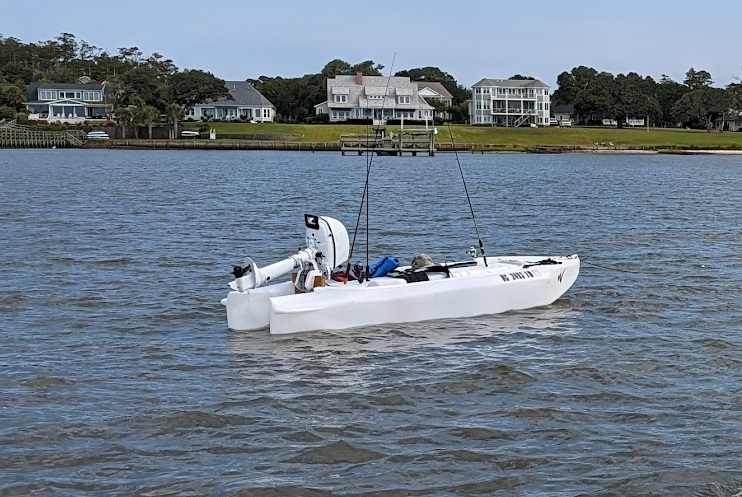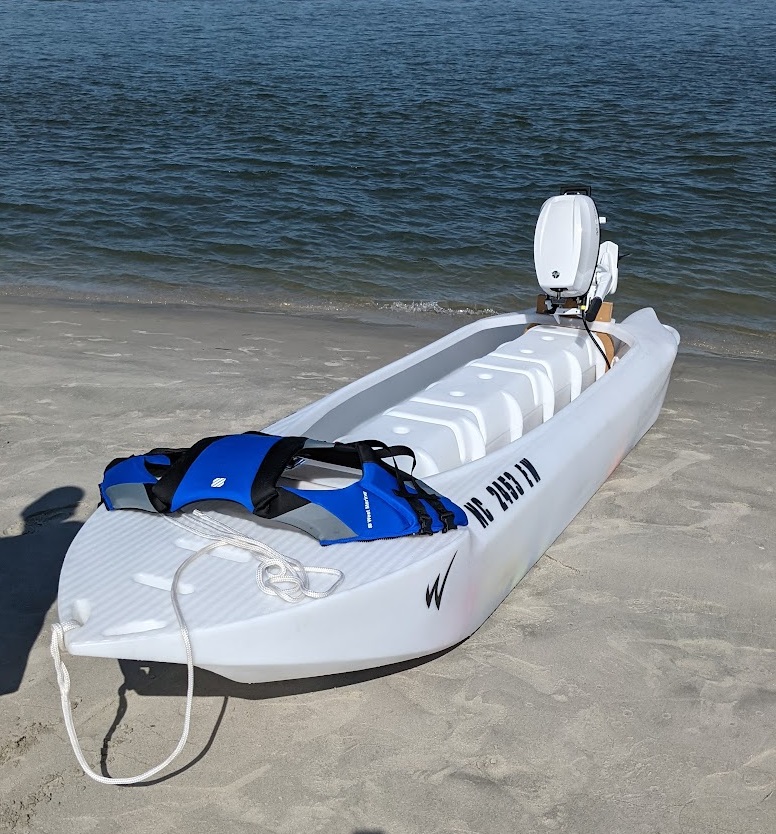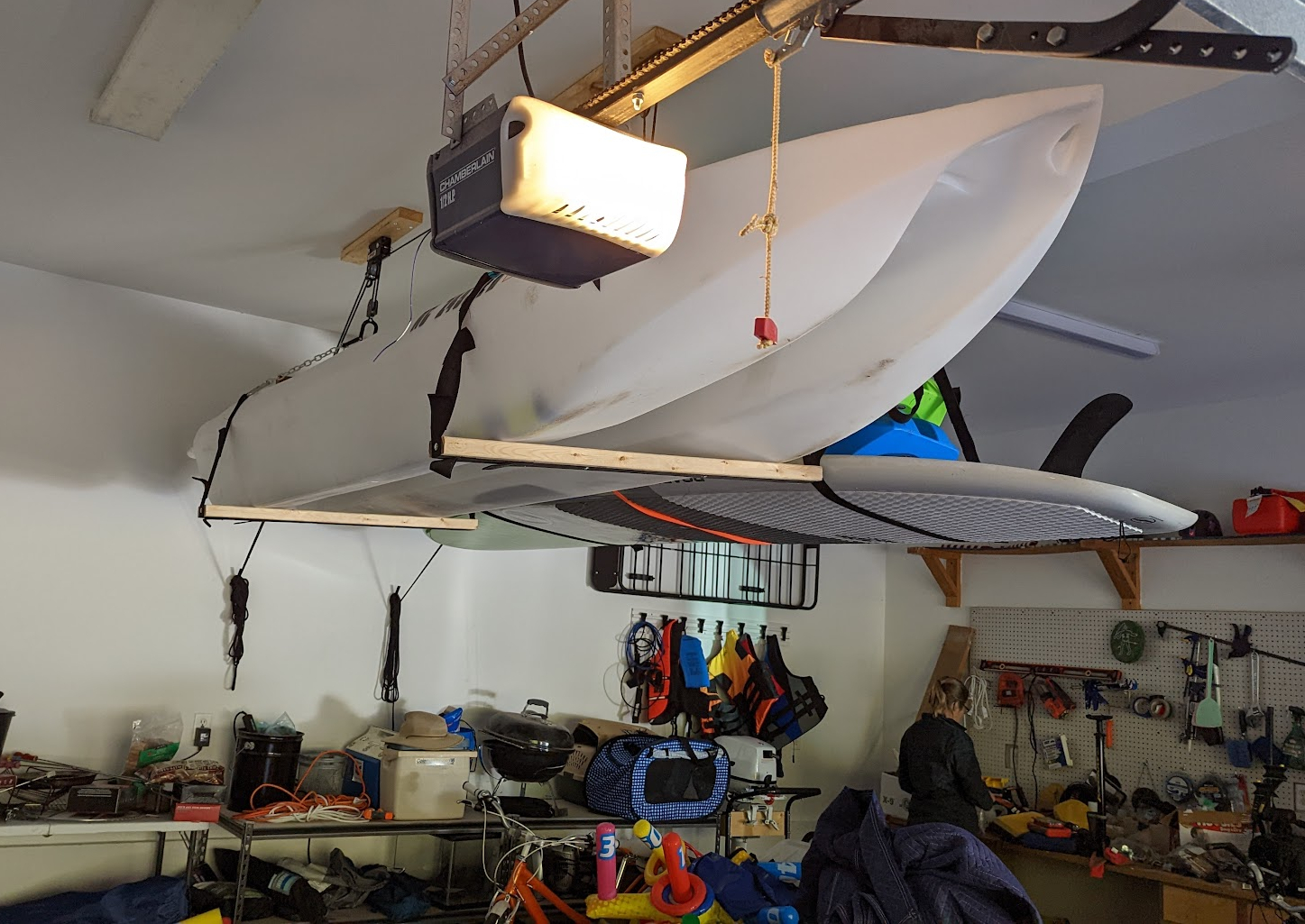Boat and Trailer Go Together, Unfortunately
Not everyone lives in a rural or a suburban area, where properties typically feature big yards and plenty of room for parking a boat trailer. And not many people own a dock or a slot in a marina, or can afford to rent one for their boat.
Besides, docking in a marina works if you travel and fish in an area that’s well served by that marina, but it’s counterproductive when you prefer to do a bit of traveling, and fish in different locations at different times. In other words, docking in a marina can be a problem in itself, on top of being expensive.
When most anglers and boaters think “Boat”, the second thought that comes to their mind is “Trailer”, because a boat needs to be transported, and most boats require a trailer for transportation. That is of course, unless you’re willing to compromise and fish out of a kayak, a notion which most sensible and/or experienced anglers would reject, and rightfully so, as fishing from a kayak is neither easy nor fun, to say the least, and in many cases, fishing kayaks are so big and heavy that transporting one without a trailer is not possible.
Why are boat trailers problematic?
As hinted in the opening paragraph of this article, a boat trailer requires a place to park it, and this place can be pretty big, but not necessarily available.
Parking your boat trailer on your driveway can mean that you would have to park your car on the street, or another member of your household would be forced to do so, and that could be a problem.
A boat trailer requires registration and maintenance, which means spending money and time that you don’t like to spend.
But these are the small inconveniences of transporting a boat on a trailer, and the big inconvenience is the absolute need to launch at designated boat ramps. This is because boat ramps can be few and far between, and they tend to be crowded in areas and on days and that are particularly good for fishing, simply because more people want to launch there and then, and consequently, the same people want to take their boats out in the same locations and at the same time. This high demand inevitably leads to scarcity, and to long queues on the way to the boat ramp, at the boat ramp itself, in the parking lot, etc.
It’s impossible to overestimate the frustration and sometimes outright despair that anglers experience in these situations, as they see their precious leisure time being wasted waiting in endless lines.
Which brings us to a third type of solution –
Portable boats, the trailer-free boats
Portable boats are discussed in a number of articles on this website, including Portable Microskiff , Seaworthy portable microskiff , Portable boats , and others. We recommend reading them, as well as reviews that some S4 microskiff owners have contributed.
To summarize these articles, there are boats out there that are portable, namely that can be transported without a trailer. These are either folding boats or inflatable boats, and the bottom line with these trailer-free boats is that they are not very comfortable, and more importantly, they require precious time to assemble and/or inflate and deflate. In other words, they don’t necessarily save you much of the precious time you’d rather spend fishing, and besides, inflatable boats have other problems that are outside the scope of this article on boat transportation.
And then, there is the Wavewalk S4 cartop microksiff, which is a trailer-free boat that requires neither inflating nor assembly, and is lightweight and durable enough for you to carry from your vehicle to the water and back, without a problem.
On top of this, the S4 is very comfortable, extremely stable, and seaworthy, and it works remarkably well both in the ocean and in shallow water.
The S4 microskiff is rotationally molded from High Density Polyethylene (HDPE), which means that it’s maintenance free, and you can leave it outside in your yard or on your driveway rain or shine, or snow.
However, the best thing about the S4 in the context of boat ramps, launching and beaching, is that you can launch it anywhere, and this is not an empty phrase crafted for marketing purpose, it’s reality, as you can see for yourself in this video –
So you can launch and beach the S4 microkiff without a trailer, and you can do it in places where a trailer would be totally impractical.
It’s called Freedom.
| Best Boat For Under $10,000 in 2024 |
Do you have any questions about this article?


